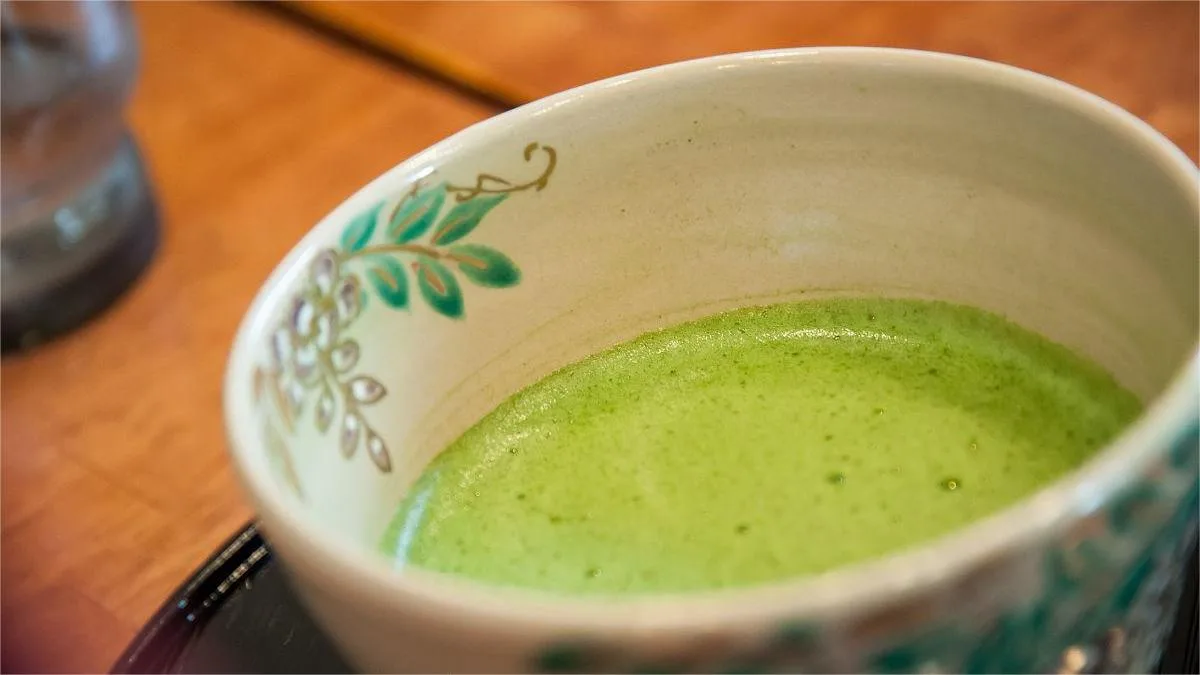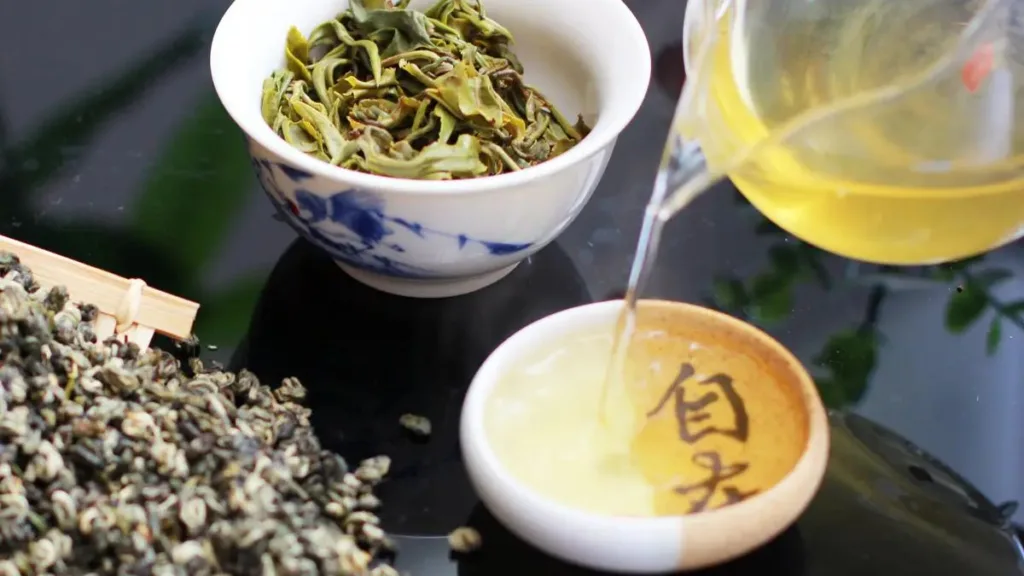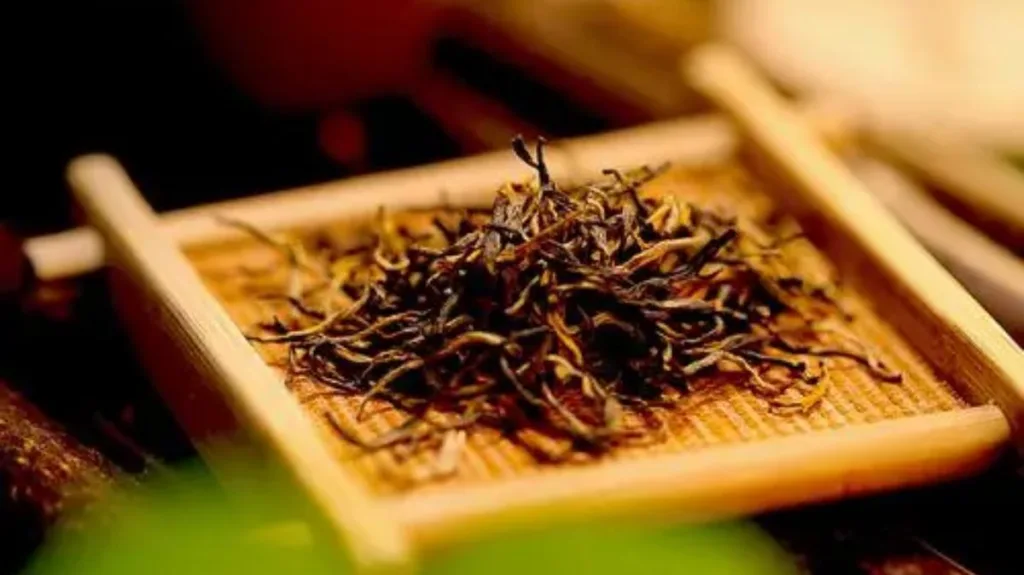The question of whether Japanese green tea is better than Chinese green tea is subjective and depends on personal preferences. Both Japanese and Chinese green teas have their own unique characteristics and flavors, and what may be considered “better” varies from person to person.
Here are some key differences between Japanese and Chinese green teas to help you make an informed choice:
Flavor and Aroma:
- Japanese green tea, such as Sencha and Gyokuro, often has a fresh, vegetal, and slightly grassy flavor with a clean, crisp aroma. Matcha, a type of powdered green tea, has a rich, umami flavor.
- Chinese green teas like Dragon Well (Longjing) and Jasmine tea tend to have a wider range of flavors, including nutty, floral, and sweet notes. They may have a mellower taste compared to some Japanese green teas.
Processing:
- Japanese green teas are typically steamed to stop oxidation, preserving their vibrant green color and fresh flavor. This process helps retain the natural sweetness and greenness of the leaves.
- Chinese green teas are often pan-fried or roasted, which can lead to a more complex flavor profile with roasted, toasty, or floral notes.
Leaf Shape:
- Japanese green teas are usually made from smaller, broken leaves or leaf fragments, resulting in a more uniform appearance.
- Chinese green teas often use whole tea leaves or large leaf sets, which can give the tea a distinct appearance and flavor.
Cultivation and Terroir:
- Japanese tea gardens are often shaded to enhance the sweetness and umami of the leaves. The geographical and climatic conditions of Japan also play a role in the tea’s flavor.
- Chinese green teas come from various regions with diverse terroirs and growing conditions, resulting in a wide variety of flavors and characteristics.
Preparation:
- Japanese teas are commonly brewed at lower temperatures (around 160-175°F or 71-80°C) and steeped for shorter periods to maintain their delicate flavors.
- Chinese green teas are often brewed at slightly higher temperatures (175-185°F or 80-85°C) and for longer durations, allowing their flavors to fully develop.
Ultimately, whether Japanese green tea is “better” than Chinese green tea depends on your personal taste and what you’re looking for in a tea. Some people prefer the vibrant, grassy notes of Japanese green tea, while others enjoy the diverse flavors and aromas of Chinese green teas. It’s a matter of personal preference, and you may want to try both to see which suits your palate best.



